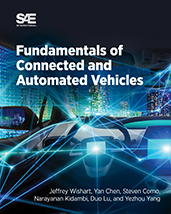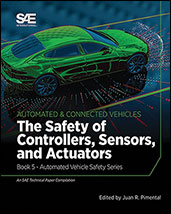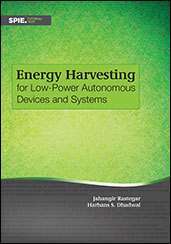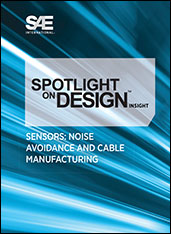Book

Fundamentals of Connected and Automated Vehicles
2022-01-20
The automotive industry is transforming to a greater degree that has occurred since Henry Ford introduced mass production of the automobile with the Model T in 1913. Advances in computing, data processing, and artificial intelligence (deep learning in particular) are driving the development of new levels of automation that will impact all aspects of our lives including our vehicles. What are Connected and Automated Vehicles (CAVs)? What are the underlying technologies that need to mature and converge for them to be widely deployed? Fundamentals of Connected and Automated Vehicles is written to answer these questions, educating the reader with the information required to make informed predictions of how and when CAVs will impact their lives.



















